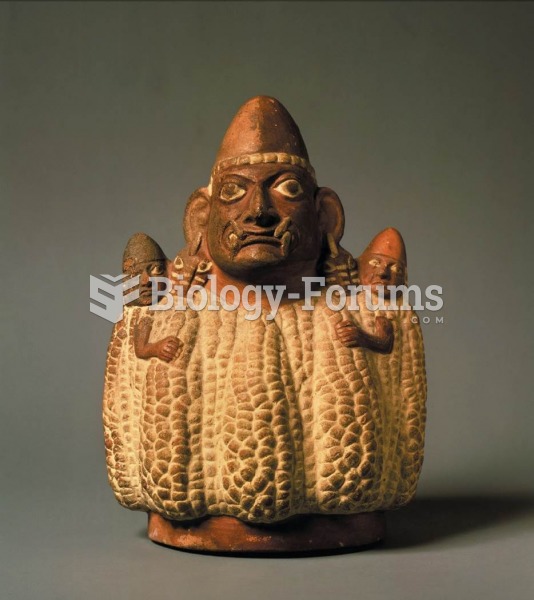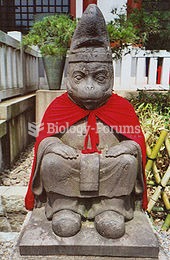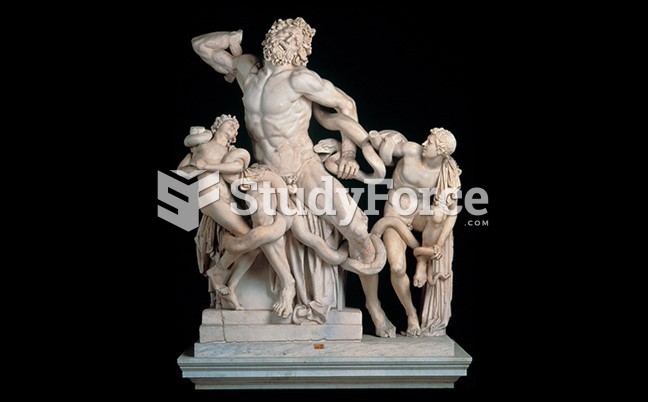|
|
|
It is widely believed that giving a daily oral dose of aspirin to heart attack patients improves their chances of survival because the aspirin blocks the formation of new blood clots.
For high blood pressure (hypertension), a new class of drug, called a vasopeptidase blocker (inhibitor), has been developed. It decreases blood pressure by simultaneously dilating the peripheral arteries and increasing the body's loss of salt.
Limit intake of red meat and dairy products made with whole milk. Choose skim milk, low-fat or fat-free dairy products. Limit fried food. Use healthy oils when cooking.
A recent study has found that following a diet rich in berries may slow down the aging process of the brain. This diet apparently helps to keep dopamine levels much higher than are seen in normal individuals who do not eat berries as a regular part of their diet as they enter their later years.
Autoimmune diseases occur when the immune system destroys its own healthy tissues. When this occurs, white blood cells cannot distinguish between pathogens and normal cells.
 A statue of a corn goddess of the Moche peoples of coastal Peru, around 400 BP. Within several centu
A statue of a corn goddess of the Moche peoples of coastal Peru, around 400 BP. Within several centu
 A parade for Grover Cleveland in Chicago in 1892, by John Klir. Music, mirth, real drama—a president
A parade for Grover Cleveland in Chicago in 1892, by John Klir. Music, mirth, real drama—a president





